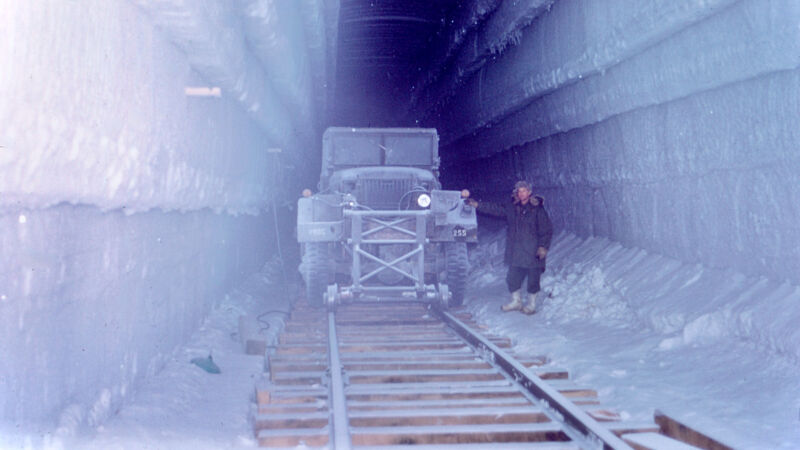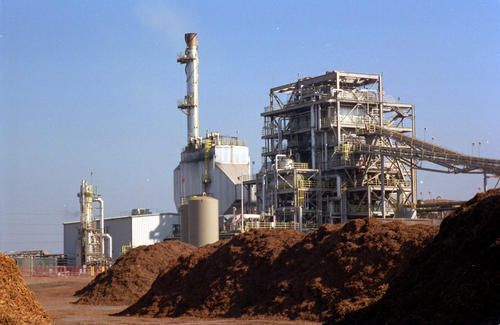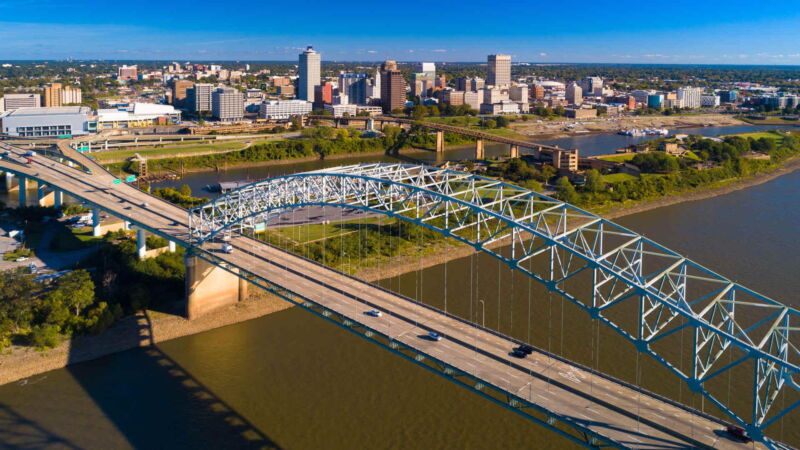The Golden Age of offbeat Arctic research

Enlarge / At the US Army’s Camp Century on the Greenland ice sheet, an Army truck equipped with a railroad wheel conversion rides on 1,300 feet of track under the snow. (credit: Robert W. Gerdel Papers, Ohio State University)
In recent years, the Arctic has become a magnet for climate change anxiety, with scientists nervously monitoring the Greenland ice sheet for signs of melting and fretting over rampant environmental degradation. It wasn’t always that way.
At the height of the Cold War in the 1950s, as the fear of nuclear Armageddon hung over American and Soviet citizens, idealistic scientists and engineers saw the vast Arctic region as a place of unlimited potential for creating a bold new future. Greenland emerged as the most tantalizing proving ground for their research.
Scientists and engineers working for and with the US military cooked up a rash of audacious cold-region projects—some innovative, many spit-balled, and most quickly abandoned. They were the stuff of science fiction: disposing of nuclear waste by letting it melt through the ice; moving people, supplies, and missiles below the ice using subways, some perhaps atomic powered; testing hovercraft to zip over impassable crevasses; making furniture from a frozen mix of ice and soil; and even building a nuclear-powered city under the ice sheet.





